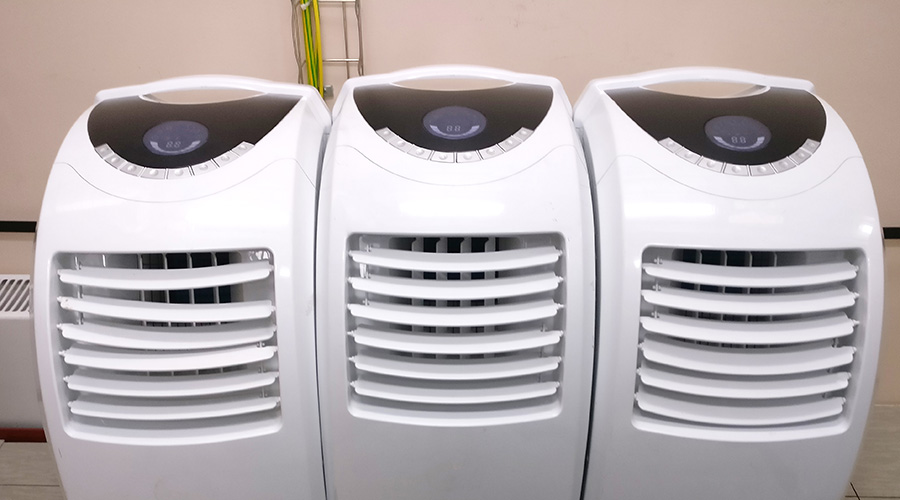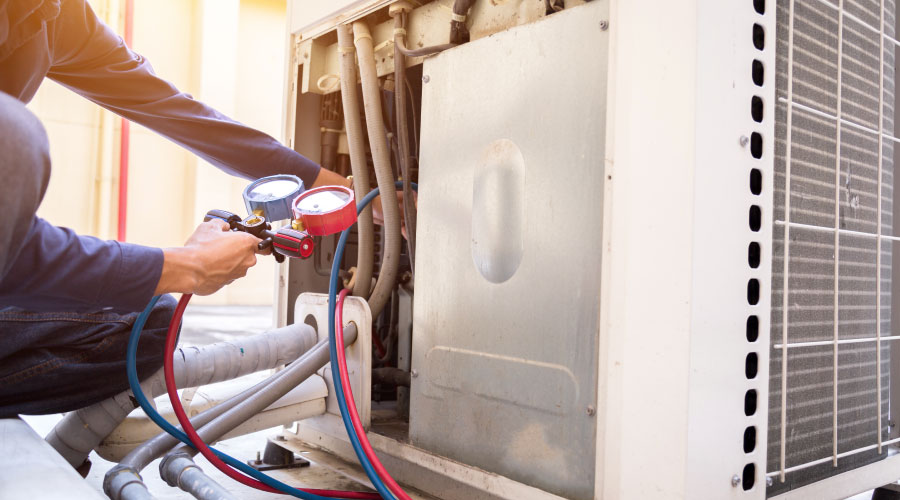Boiler Maintenance: Steam-Trap Repair and Replacement
Products
One possible benefit stemming from efficiency improvements is a reduction in the number of boilers operators will need to keep online in hot-standby mode at reduced firing rates to handle any demand surges. Flash boilers, which can come up to full-rated capacity in about five minutes, are preferred over standby boilers. Operators should use programmable lead/lag controls to stage only on those boilers that are required to match and anticipate a given load.
Also, frequent blowdowns for short durations — 10-20 seconds each — are more effective in removing sludge than occasional blowdowns for longer durations.
On the maintenance side, steam-trap repair and replacement is essential for eliminating costly system inefficiencies. Operators should carry out these procedures on traps at least twice a year, combining visual, temperature, and sonic methods. The payback period for steam-trap maintenance typically is measured in months, not years.
Managers also should ensure operators install and maintain the proper insulation on boilers, auxiliary equipment and piping.
Such repairs typically are low-cost and tend to result in a relatively quick financial return. Properly insulating a boiler will keep losses to about 0.3-0.5 percent of its energy, which occurs whenever the boiler is operating or in standby mode.
Finally, managers also can consider specifying and installing the following heat-recovery options to curtail energy use:
• Heat-recovery equipment of boiler blowdown where justified based on payback.
• Flue gas heat-recovery equipment — condensing the recovery capture of latent heat energy using a stack economizer to heat the feedwater — where justified based on payback.
• A heat wheel at the flue stack for combustion air pre-heating for larger, non-fire tube boilers. This tactic typically is less cost-effective, since heating water is more efficient than heating air.
Jeffrey T. Hunt, P.E., CEM, GBE, and CxA, is senior project manager with Facility Engineering Associates, www.feapc.com.
Related Topics:












